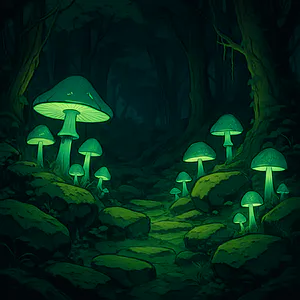Generate forest names
More Place Name Generators- <% result.name %>
Discover all Story Shack apps
Breathing Life into Your Forest
To name a forest, reflect on:
- Which tree or terrain defines it?
- Do you prefer mystical or realistic tone?
- Should it include “Grove,” “Wood,” or “Thicket”?
- How many words fit your map?
- Does it convey mood—eerie, serene?
Forest Name FAQs
Answers for naming woodlands:
How are names generated?
They combine terrain features with botanical descriptors.
Can I choose suffix?
Regenerate until the desired suffix appears; no direct filter.
Are names unique?
Each is a fresh combination for your world maps.
How many names?
Unlimited—click to populate your forests.
How do I copy or save?
Click to copy a name or heart it to save.
What are good forest names?
There's thousands of random forest names in this generator. Here are some samples to start:
- Bronze Basin Wilds
- Huge Thorn Grove
- Fascinating Thorn Timberland
- Goofy Swampland Timberland
- Tiny Territory Wood
- Glistening Ash Grove
- False Marsh Woods
- Magnificent Rivulet Wood
- Bronze Field Grove
- Elegent Magnolia Timberland
About the creator
All idea generators and writing tools on The Story Shack are carefully crafted by storyteller and developer Martin Hooijmans. During the day I work on tech solutions. In my free hours I love diving into stories, be it reading, writing, gaming, roleplaying, you name it, I probably enjoy it. The Story Shack is my way of giving back to the global storytelling community. It's a huge creative outlet where I love bringing my ideas to life. Thanks for coming by, and if you enjoyed this tool, make sure you check out a few more!



















































